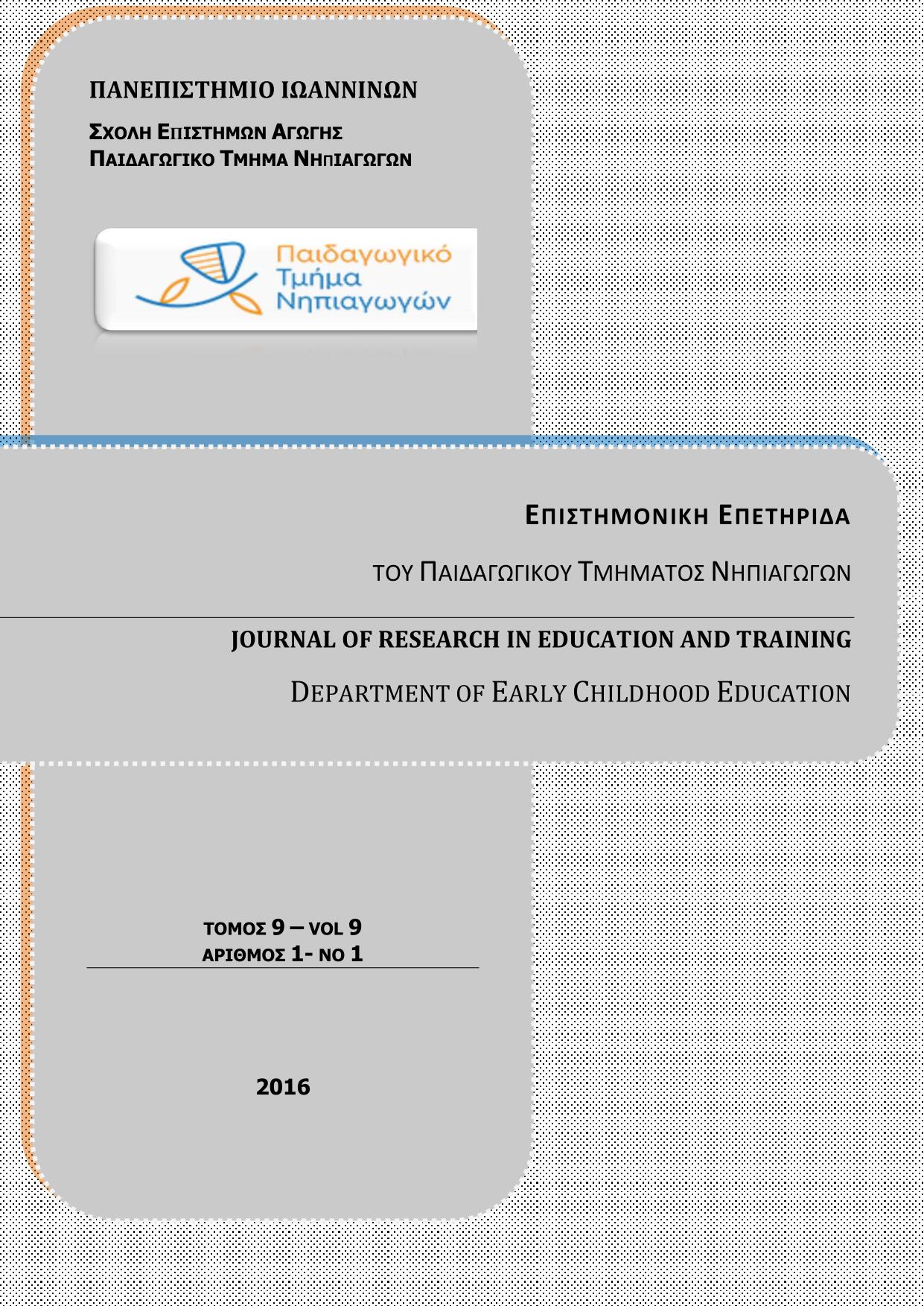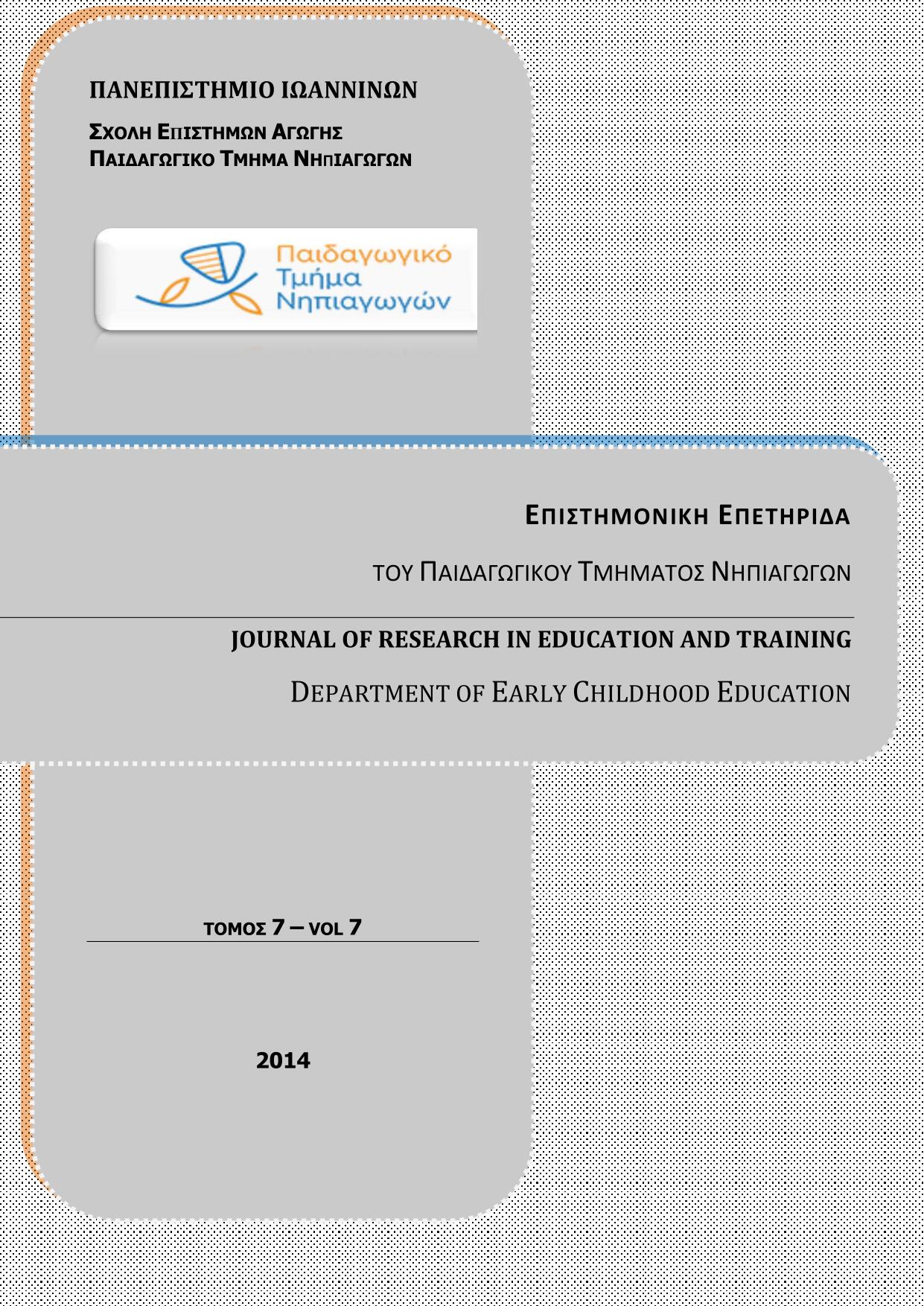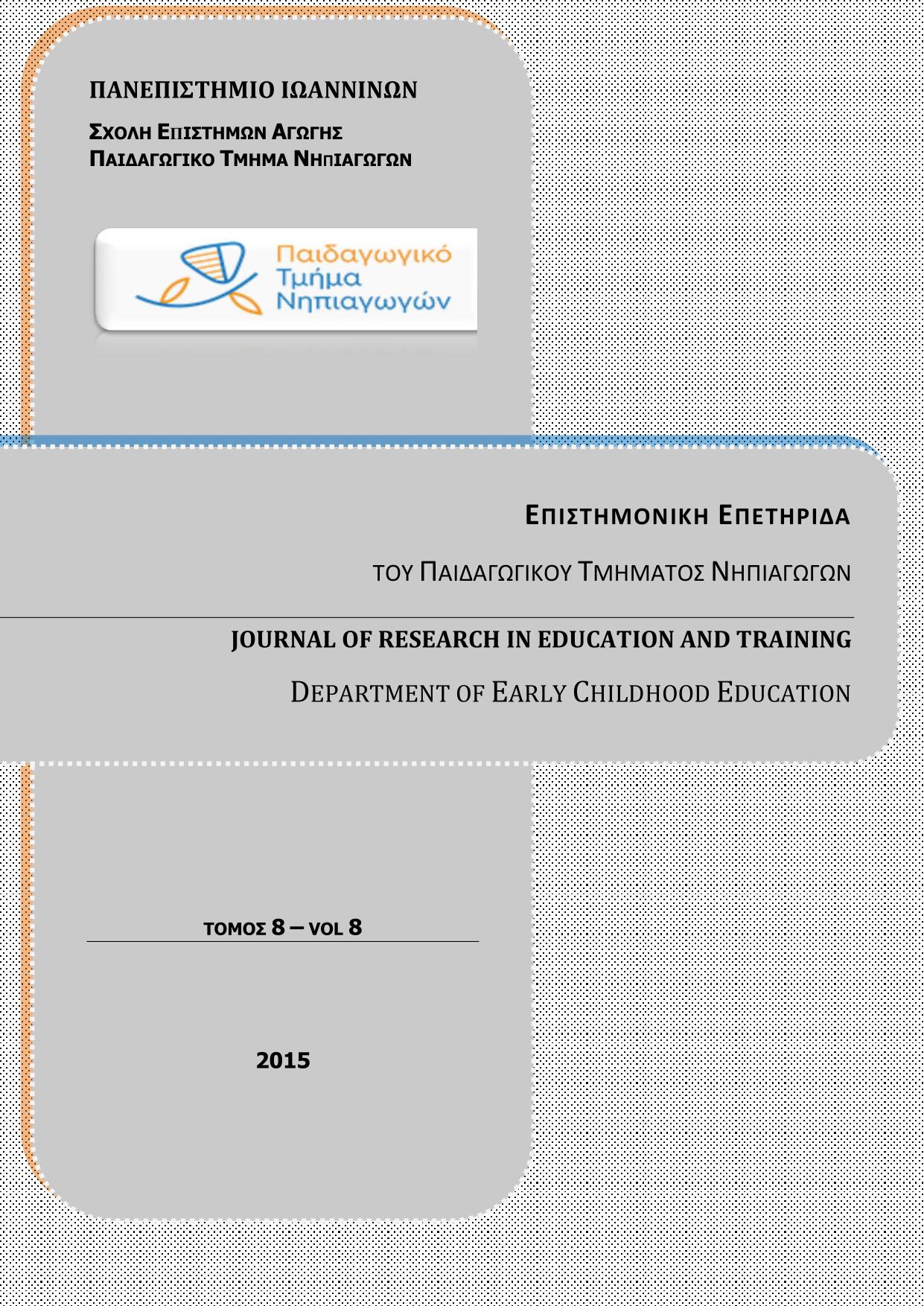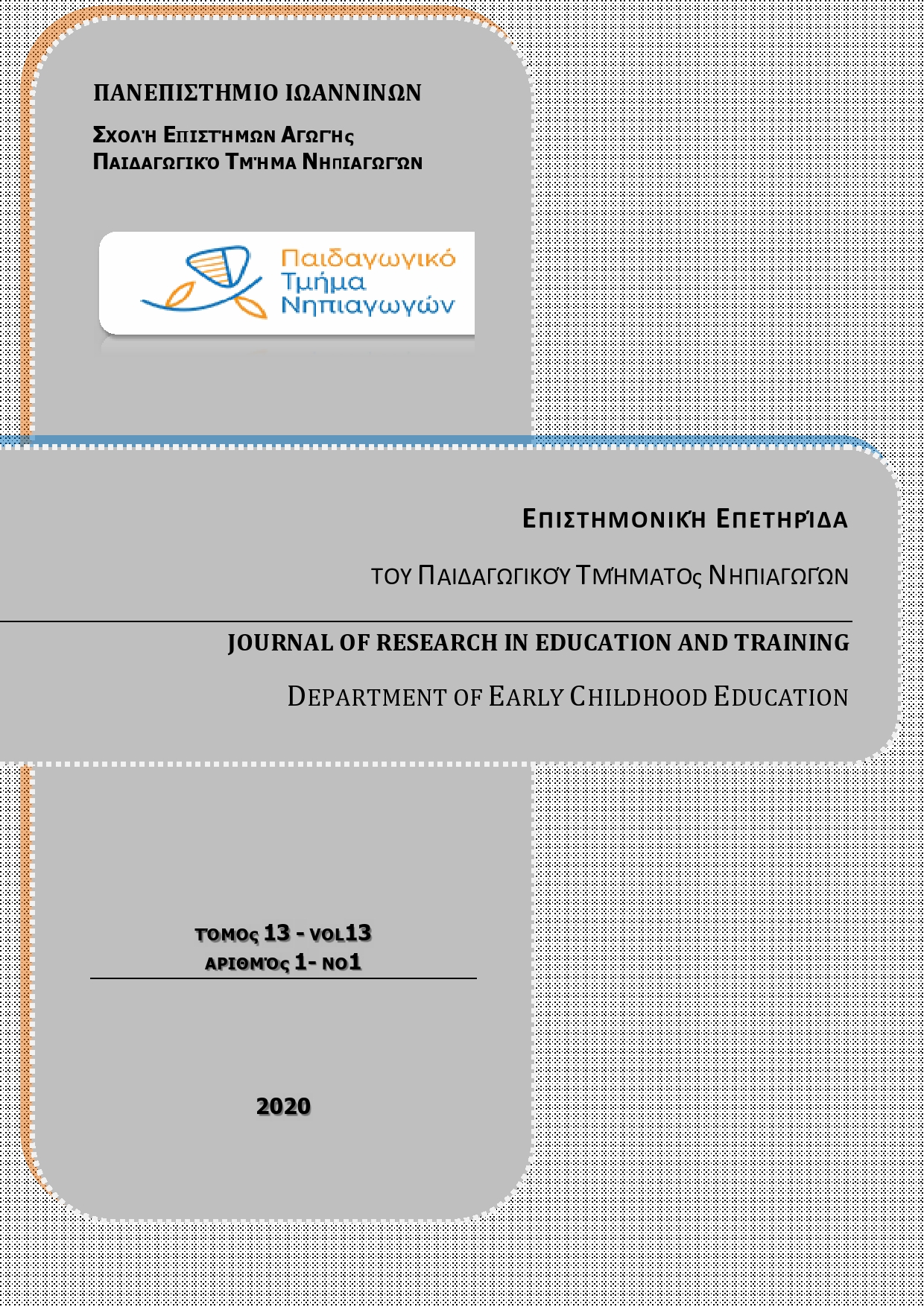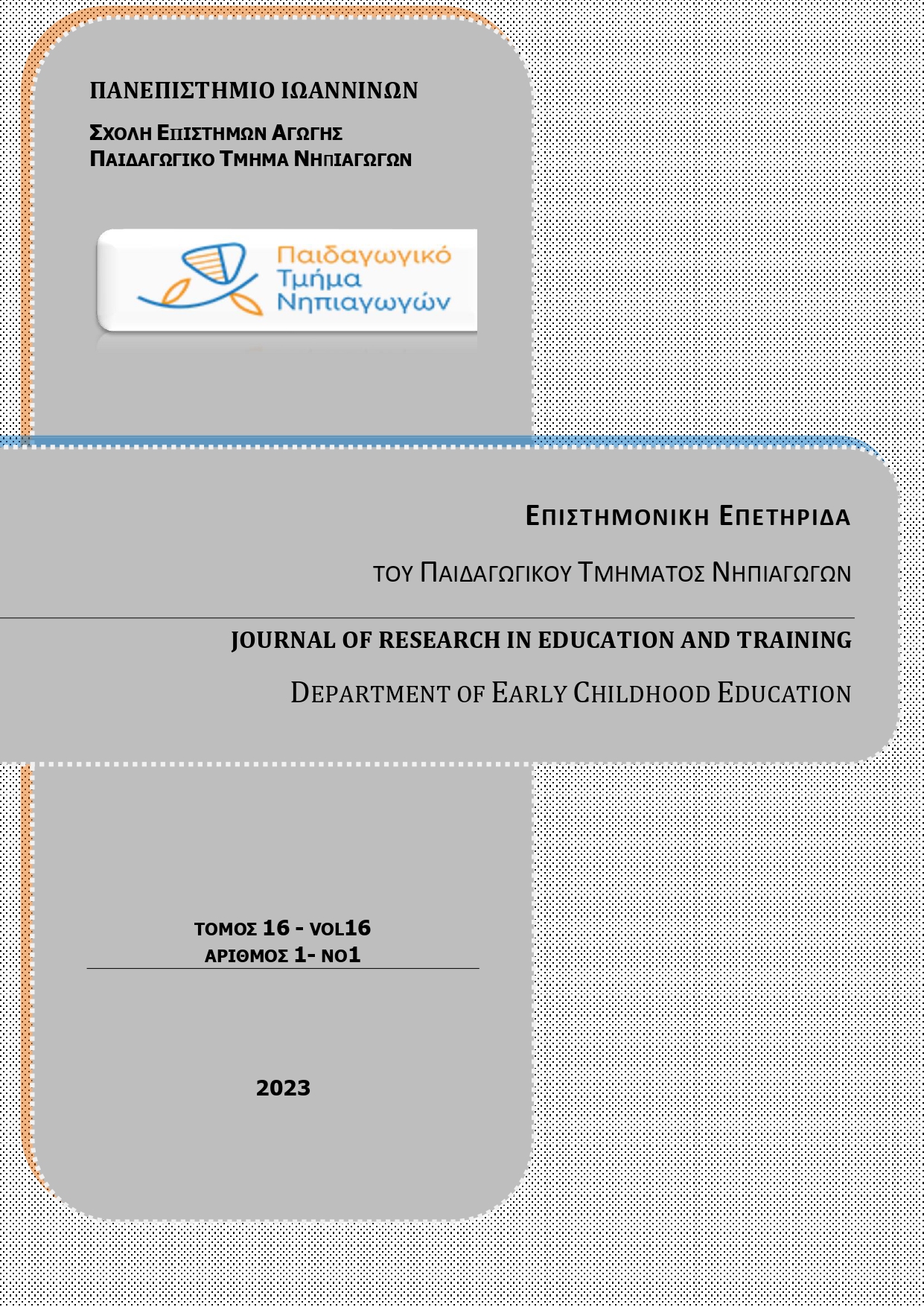Η επίδραση της έκθεσης σε εικόνες προτύπων ελκυστικών ανθρώπων στην εικόνα σώματος των μεσηλίκων
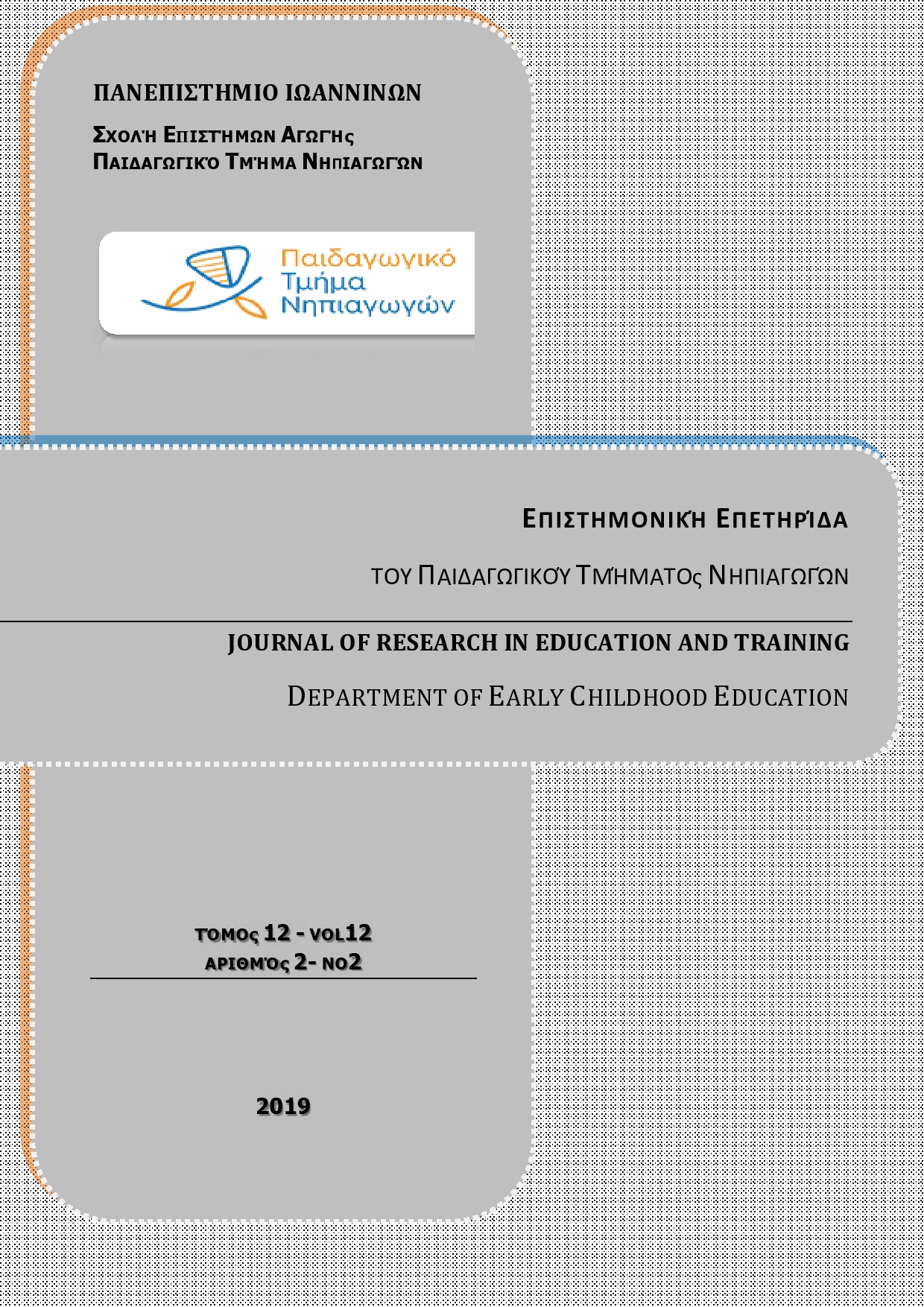
Περίληψη
Στόχος της μελέτης ήταν να εξετάσει πώς τα άτομα της Μέσης Ηλικίας αντιλαμβάνονται την Εικόνα Σώματός τους. Το δείγμα αποτελούνταν από 20 άτομα και των δύο φύλων, ισοκατανεμημένα σε δύο ομάδες, πειραματική και ελέγχου. Η πειραματική εκτέθηκε σε εικονικά ερεθίσματα που απεικόνιζαν ελκυστικούς κατά τα ιδανικά πρότυπα της εποχής ανθρώπους, τους οποίους παρουσιάζουν τα Μ.Μ.Ε. Η ομάδα ελέγχου εκτέθηκε σε ελκυστικούς -αλλά όχι σύμφωνα με τα ιδανικά πρότυπα της εποχής- ανθρώπους της «καθημερινής ζωής». Σε όλους τους συμμετέχοντες χορηγήθηκαν ερωτηματολόγια πριν και μετά την έκθεσή τους στις εικόνες, τα οποία μετρούσαν την αυτοεκτίμηση και την τρέχουσα συνολική εικόνα για το σώμα τους. Τα αποτελέσματα έδειξαν πως οι μεσήλικες επηρεάζονται αρνητικά ως προς την ικανοποίηση από την εικόνα σώματός τους, μετά την έκθεσή τους σε εικόνες ελκυστικών ατόμων, ανεξαρτήτως αν το περιεχόμενό τους συμφωνεί με τα ιδανικά πρότυπα της εποχής ή όχι. Ωστόσο, η αυτοεκτίμηση επηρεάστηκε αρνητικά μόνο για τα άτομα που εκτέθηκαν σε εικόνες που προβάλλουν τα ιδανικά πρότυπα της εποχής. Αντιθέτως, στην περίπτωση της έκθεσης σε εικόνες «καθημερινών» ελκυστικών ατόμων, η αυτοεκτίμηση ανέβηκε.
Λεπτομέρειες άρθρου
- Πώς να δημιουργήσετε Αναφορές
-
Παράσχου Σ., & Μωραΐτου Δ. (2019). Η επίδραση της έκθεσης σε εικόνες προτύπων ελκυστικών ανθρώπων στην εικόνα σώματος των μεσηλίκων. Επιστημονική Επετηρίδα Παιδαγωγικού Τμήματος Νηπιαγωγών Πανεπιστημίου Ιωαννίνων, 12(2), 1–25. https://doi.org/10.12681/jret.19474
- Τεύχος
- Τόμ. 12 Αρ. 2 (2019)
- Ενότητα
- Άρθρα

Αυτή η εργασία είναι αδειοδοτημένη υπό το CC Αναφορά Δημιουργού – Μη Εμπορική Χρήση – Παρόμοια Διανομή 4.0.
Οι συγγραφείς που δημοσιεύουν σε αυτό το περιοδικό συμφωνούν στους παρακάτω όρους :
1. Οι συγγραφείς διατηρούν τα δικαιώματα πνευματικής ιδιοκτησίας επί των άρθρων τους, χορηγώντας στο περιοδικό το δικαίωμα της πρώτης δημοσίευσης. Άρθρα που δημοσιεύονται στο περιοδικό «Επιστημονική Επετηρίδα του Παιδαγωγικού Τμήματος Νηπιαγωγών της Σχολής Επιστημών Αγωγής του Πανεπιστημίου Ιωαννίνων» διατίθενται με άδεια Creative Commons 4.0, σύμφωνα με την οποία μπορούν να χρησιμοποιούνται ελεύθερα, με αναφορά στο/στη συγγραφέα και στην πρώτη δημοσίευση για μη κερδοσκοπικούς σκοπούς.
2. Οι συγγραφείς μπορούν να συνάπτουν ξεχωριστές, πρόσθετες συμβάσεις και συμφωνίες για την μη αποκλειστική διανομή του δημοσιευμένου στο περιοδικό έργου (π.χ. κατάθεση σε ένα ιδρυματικό αποθετήριο ή δημοσίευση σε ένα βιβλίο), με την αναγνώριση της πρώτης δημοσίευσης σε αυτό περιοδικό.
3. Στους συγγραφείς επιτρέπεται να δημοσιεύσουν την εργασία τους online (κατά προτίμηση σε ιδρυματικά αποθετήρια ή στην ιστοσελίδα τους) πριν και κατά τη διάρκεια της διαδικασίας υποβολής, καθώς αυτό μπορεί να οδηγήσει σε παραγωγικές ανταλλαγές, όπως επίσης και παλαιότερες και ευρύτερες παραπομπές δημοσιευμένων εργασιών (The Effect of Open Access)



